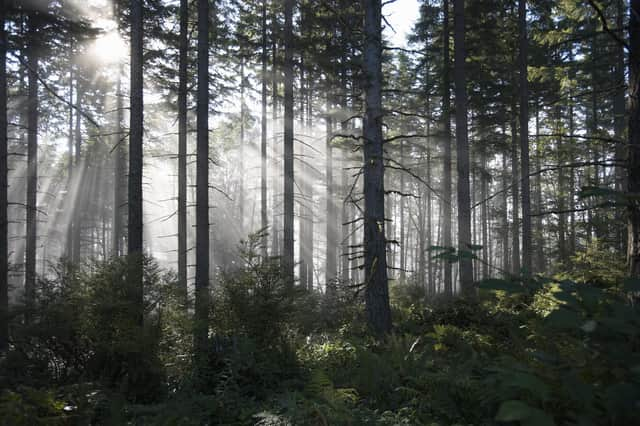Are sequestration sales the Highland Clearances Part II?


The emergence of markets for carbon and other forms of natural capital has led to increased interest from private investors in ecosystem restoration. Coupled with grants for woodland creation and peatland restoration, this is acting as a major driver for land use change across the UK. The increasing interest in forestry and plantable hill ground from corporate investors due to high timber prices, competitive planting grants and the strong investment performance of forestry has also been widely noted.
But with farmers warning that the lack of regulation on such sales threatened to see Scotland become the ‘bargain basement’ for foreign investors wanting to offset their environmental footprint or to speculate in carbon credits, fears have been raised in some quarters of a repeat of the Highland Clearances.
Advertisement
Hide AdAdvertisement
Hide AdSo, with agriculture increasingly being displaced by large private acquisitions, a major roundtable event has been announced to bring together key stakeholders from across the UK to investigate the opportunities and risks arising from such landscape-scale alterations in how the countryside is managed – and as tree planting displaces agriculture, food sovereignty and the viability of rural communities will also be on the table..
However, the roundtable will also look at the benefits of private investment which could help meet net zero and other nature-related targets over the next ten years – as well as increase land values for owner-occupier farmers.
Researchers from the Scottish Environment, Food and Agriculture Research Institutes (SEFARI) and the University of the Highlands and Islands have invited people from all sides of the debate – including representatives from the UK and devolved governments, investors, landowners and community groups – to join the proposed Special Advisory Group.
The project, which will also look at changes in land use within existing holdings as well as large-scale acquisitions is funded by the Scottish Government – with the first meeting taking place on Feb 22, chaired by the SRUC’s Professor Mark Reed.
A preliminary evidence review, which collated and assessed evidence from the UK and international studies, was drawn up before the meeting by SRUC rural society researcher, Dr Rob McMorran.
“These market shifts bring real opportunities for increasing private investment in the environment and for land managers to diversify their income at a time of uncertainty in relation to future agricultural support,” said McMorran.
“However, we found that large scale private acquisitions of land for natural capital may also bring real risks, including potentially concentrating the distribution of benefits associated with natural capital and conflicting with a wider policy emphasis on diversifying landownership and increasing opportunities for communities to influence decisions around land use.”
McMorran said this meant that how large scale acquisitions and the development of natural capital markets sat alongside public support mechanisms, needed careful consideration to ensure related opportunities were fairly distributed across the land management sector and rural communities.
Comments
Want to join the conversation? Please or to comment on this article.